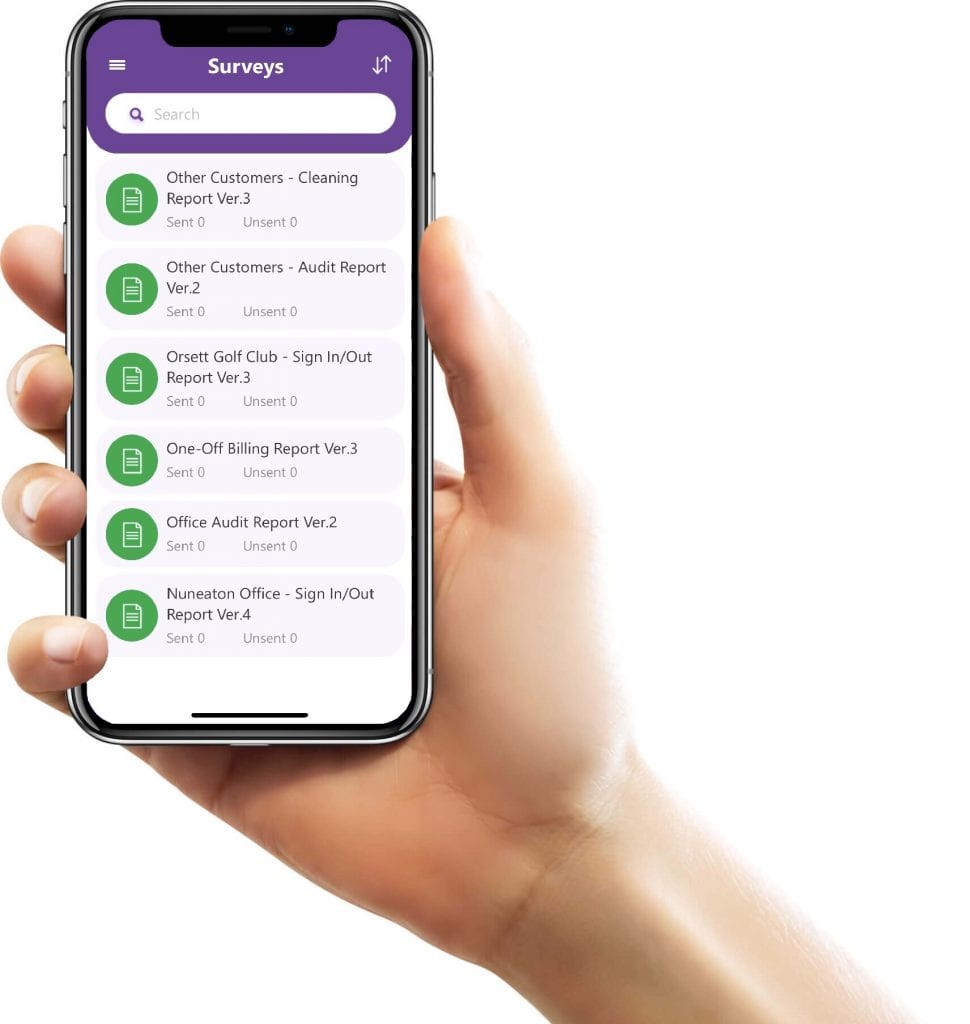There are lots of advantages to working from home for both employees and employers. For one, those working from home can be as efficient, if not more so. This view is shared by 75% of employees.
And there are cost savings that both sides can enjoy. Office spaces could be reduced to just a small area, saving the company lots of money. Plus you can hire from a wider talent pool as you’re not limited to the local area.
However, to make the most out of remote working, employers need to support their teams. There are several ways that this can be done and here are some of the best options for you.

1. Adapt to more flexible working hours
One of the biggest advantages of remote working is that an employee doesn’t have to stick to the traditional 9 to 5 model. Employees can complete work while fitting their work around their responsibilities. For instance, they can drop the kids off at school and pick them up again. Or they can help parents/dependents with errands.
That doesn’t mean that they won’t complete the same amount of work. In fact, in the office, the average employee only completes just under three hours of work. At home, productivity on core tasks is often 4% higher. And this is primarily because staff can be more flexible.
So, don’t expect your staff to be at their desks 9 to 5, but you can expect that your work is completed just the same.
2. Maintain regular contact
One of the biggest advantages of remote working is that staff are more productive. This is because they don’t have all the social contact within the office that can disrupt productivity. However, while working from home can erase some of this time that makes people less effective, no social contact is not a great option either.
Therefore, you should set up regular periods where contact can be made with employees who are remote working. There are many different ways that you can set up these contacts. You could use apps like Zoom meetings or use Tapapp to keep in contact and collect feedback from employees on their work.
Or, you could set up a private Facebook group for your remote workers.
When Covid-19 restrictions are looser, you could event setup physical meetings at local pubs/restaurants. These social interactions, digital and physical, are very important for employee mental health and this can lead to an improvement in employee engagement and satisfaction.
3. Use Tapapp

Tapapp, as previously mentioned earlier, is an excellent way to support staff during remote working. You can send staff questionnaires about their working day and how they get on. You’ll also be able to collect enough information to find out what supplies/software staff might be missing.
All of this data can be collected so senior managers can make important decisions to support remote workers.
Tapapp is a free and unlimited app that is easy for anyone to download and use on their mobile device. You can set up geo-tracking, for complete transparency of data. The app also allows you to brand all communications, ensuring that you can put employees at ease that only you will see what they’re responding with.
The app can help you to get the most out of your staff by finding out more about their needs. Happier staff are less likely to leave, are more productive in work and return work to a higher quality.
During these tough times, Tapapp might be the best solution for keeping in contact with all remote working employees.
4. Sustain a culture
Culture is an important part of your branding. Some companies have a more laid back style and others have a more formal way of working. While remote working is likely to shift these dynamics slightly, your culture shouldn’t be rewritten. You still need to find ways to maintain your professional image to staff and customers.
For example, while your more formal dress code might be relaxed for remote working, you can still maintain that dress code in virtual meetings. Or you could continue to press for specific language to be used in communications.
Maintaining critical points of culture is important. It allows for customers and staff, new and old, to have expectations that can be delivered. When cultures change, there is often a change in staff and customers too. At this time, this might not be the best of ideas.

5. Provide learning and growth opportunities
You’ve probably cut back on the learning and development that has been ongoing within your business. After all, it is hard to socially distance in a training room. However, there are other options for you to offer growth for employees. You can offer online courses for your staff that they can take in their own time to learn new skills.
Using some learning sites, staff can learn anything from how to build a website to how to use advanced spreadsheet features. These skills can then be used within the company to help improve efficiency and productivity. They will also make staff feel values and help them with their career goals.
This can have a positive impact on your remote workers’ retention. And with some online learning sites offer enterprise schemes where you can save money on courses, you can find educating your staff much easier.
Conclusion
Remote working is not going to go away any time soon. And while some staff are happy at home and can see the benefits, some will struggle. Some of the biggest problems you will find are that you will have loneliness and disconnection with staff who aren’t in an office.
There are many ways that you can support remote workers to overcome this. However, most of these ways will centre around keeping in contact with staff and ensuring that they have the tools, supplies and software they need to work. You should also be ensuring that they have the best ways to contact those in the company.
By doing this, you’ll keep them engaged and this will lead to better retention, productivity and efficiency.

More in our blog:
